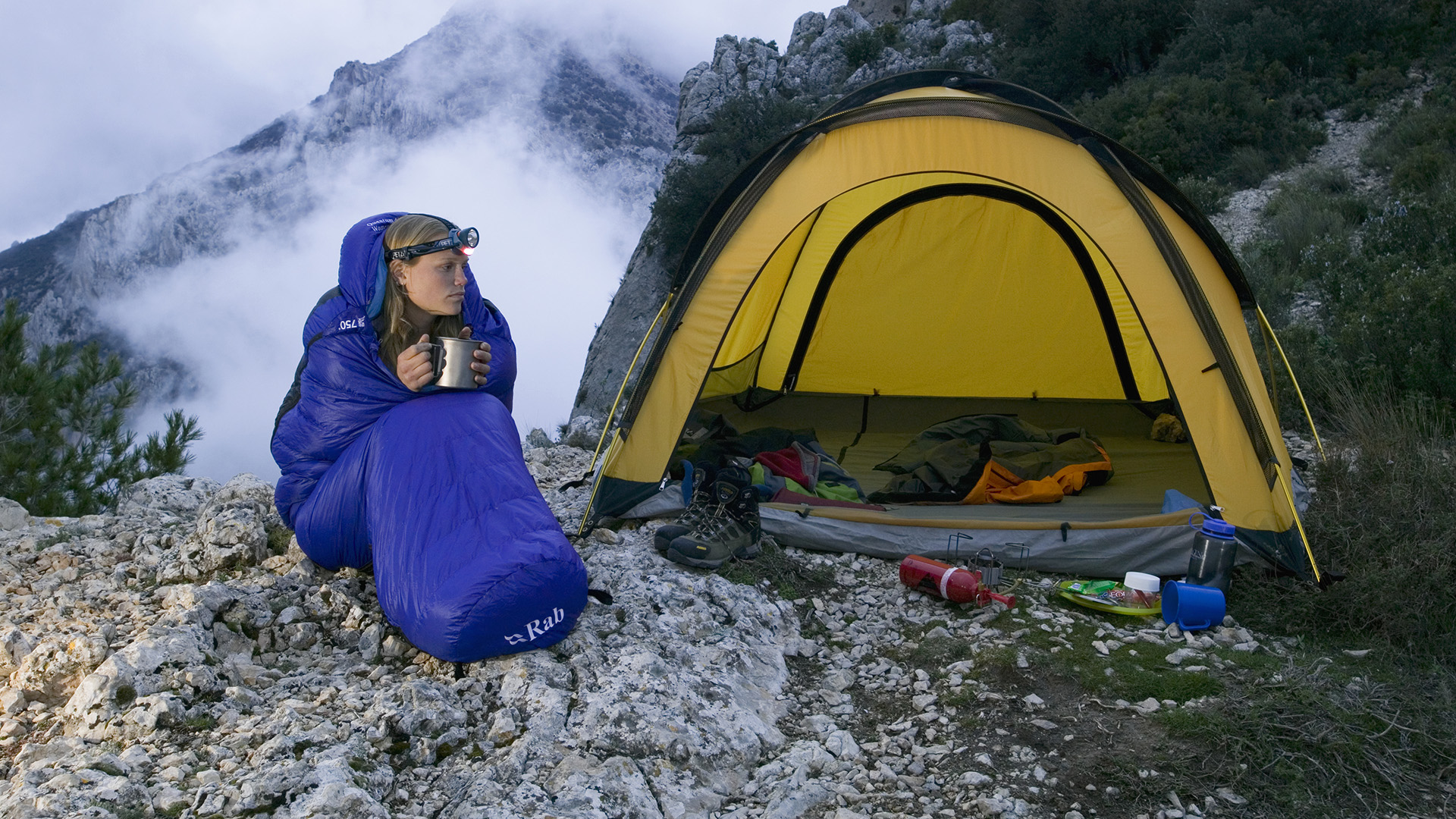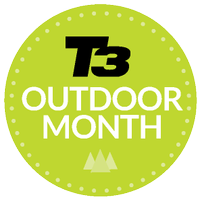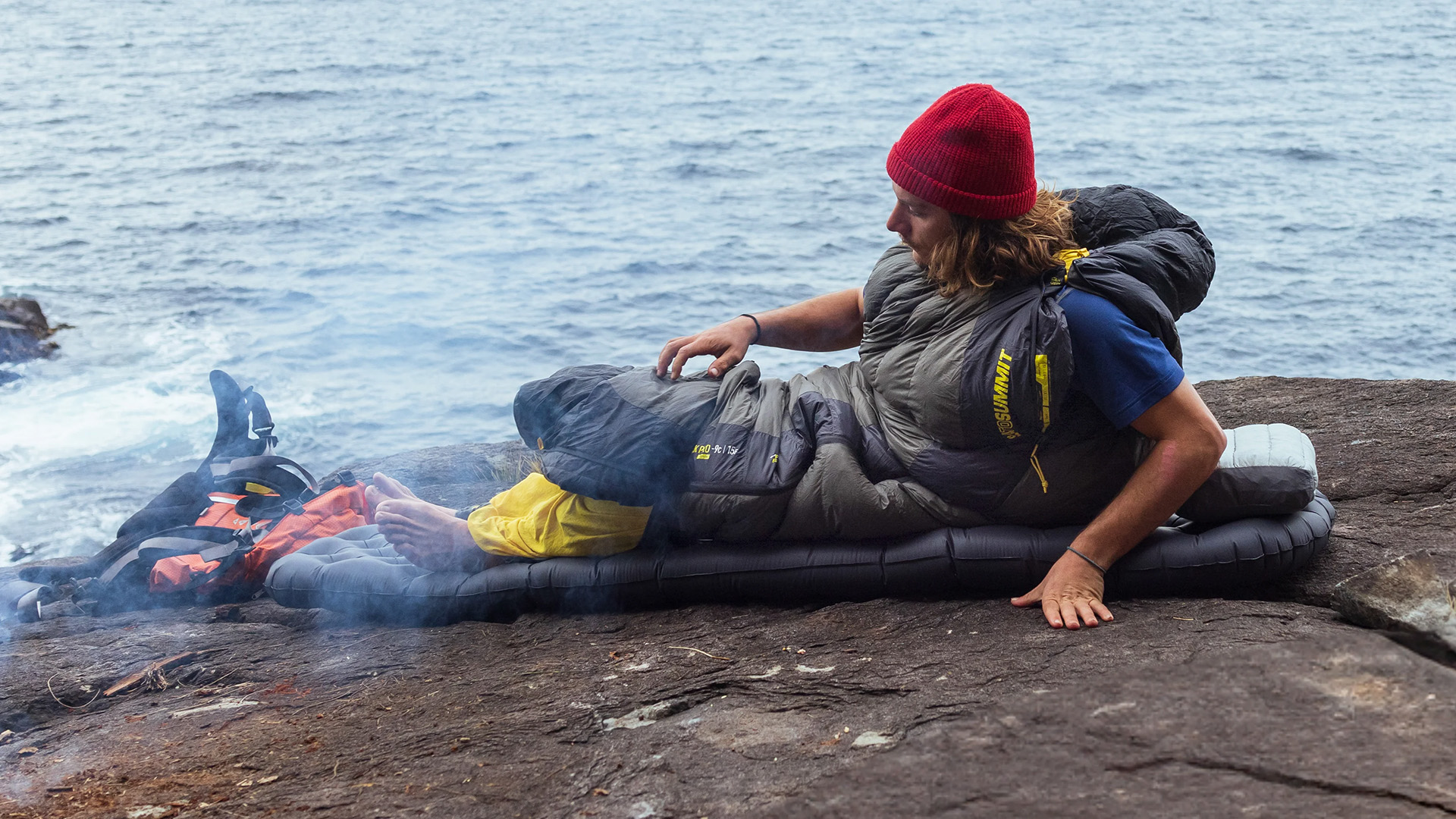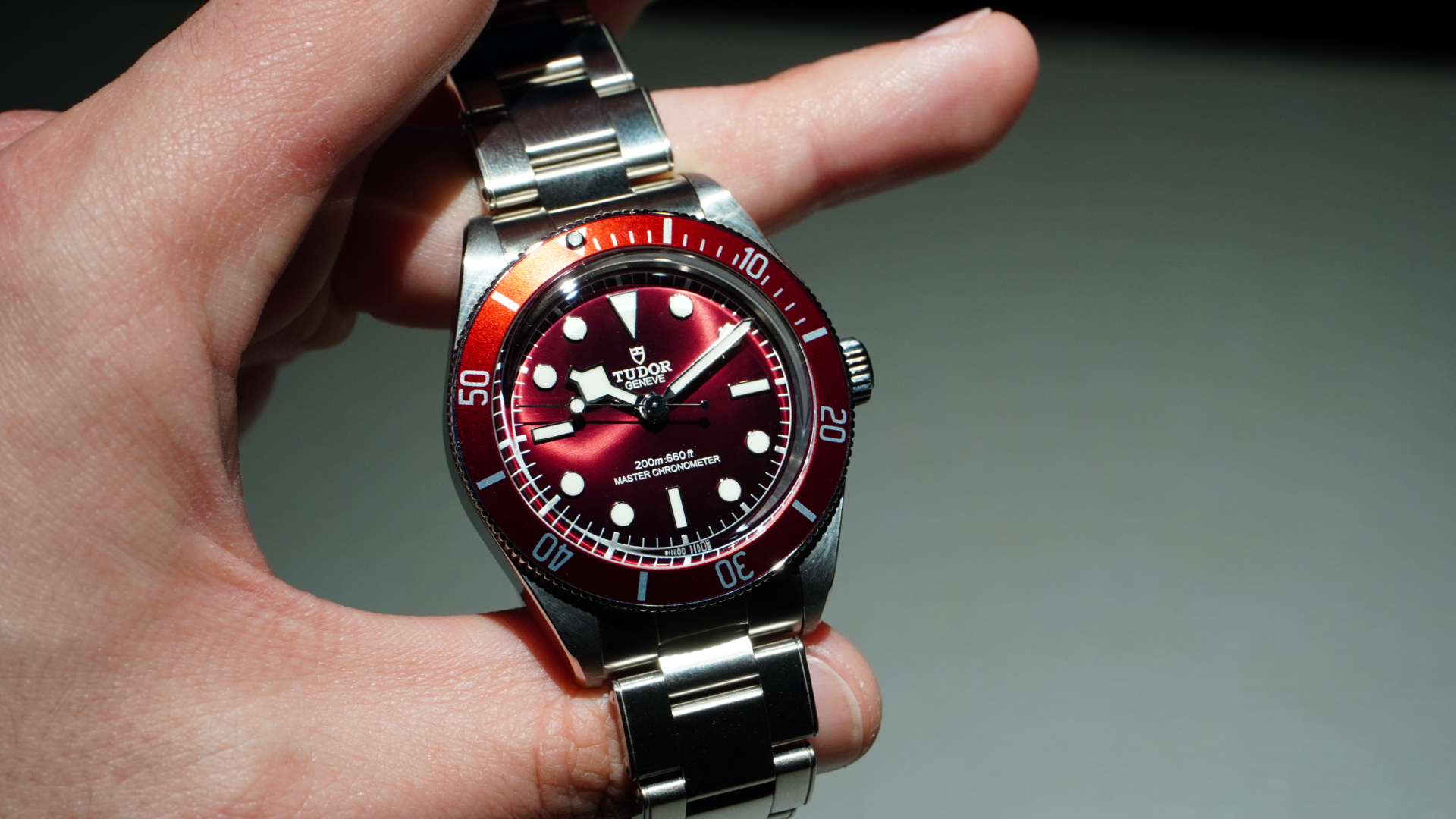


Buying a sleeping bag can be a bit of a minefield. Not only are there quite a few varieties, but they often have three different temperature ratings, which can be majorly confusing to first-time campers. What are these ratings, and which one should you pay attention to?
We are avid campers here at T3. As such, we tested the best sleeping bags and their less insulated counterparts, the best lightweight sleeping bags. We're talking about piles and piles of cocoons, from responsibly sourced down options to fully recyclable monopolizer snuggies.
What we're trying to say is that we know a thing or two about sleep sacks. This includes the sacred knowledge about the different temperature ratings, of which there are three: comfort, limit and extreme. Here's a breakdown of what these mean:
- Comfort Rating: This indicates the lowest temperature at which the average woman or cold sleeper can expect to sleep comfortably without feeling too cold. It's based on factors like the bag's insulation, materials, and design.
- Limit Rating: This rating represents the lowest temperature at which the average man or warm sleeper can sleep comfortably. It's typically a few degrees lower than the comfort rating and is suitable for most male users.
- Extreme Rating: This is the lowest temperature at which the sleeping bag can provide enough warmth to prevent hypothermia or frostbite in an emergency situation. However, it's not a comfortable sleeping temperature and should only be relied upon for survival purposes.
You might have noticed the distinction between the needs of different sexes. Women generally have lower metabolic rates and may feel colder at the same temperature compared to men.
Therefore, sleeping bags designed for women are often rated with a lower comfort temperature to ensure they stay warm and comfortable during outdoor adventures.
Not all brands necessarily offer three distinct temperature ratings for their sleeping bags. The number of temperature ratings can vary depending on the brand and the specific models they offer.
For example, brands that focus on specific niches or have a limited product range may offer fewer than three temperature ratings. Notably, brands specialising in ultralight backpacking gear might prioritise lightweight designs over offering a wide range of temperature ratings.
Sign up to the T3 newsletter for smarter living straight to your inbox
Get all the latest news, reviews, deals and buying guides on gorgeous tech, home and active products from the T3 experts

All season effectiveness
Knowing all this, which sleeping bag should you choose? You might have heard the term '3-season' sleeping bag, which means the sleep sack is recommended for use in spring, summer and autumn/fall. There are three more categories which rank sleeping bags based on their comfort ratings. These are:
- Summer/One-Season Sleeping Bags: These sleeping bags are designed for warm-weather camping. They typically have temperature ratings around 32°F (0°C) or higher. They are lightweight, have minimal insulation, and are suitable for use in temperatures above freezing. A good example is the Gruezi Biopod DownWool Summer 185.
- Three-Season Sleeping Bags: These versatile sleeping bags, such as the Sea to Summit Spark SP III, can be used in spring, summer, and autumn/fall. They usually have temperature ratings between 20°F and 32°F (-6°C to 0°C). They offer more insulation than summer bags but are not designed for extreme cold.
- Winter/Four-Season Sleeping Bags: These sleeping bags are designed for cold-weather camping, including winter conditions. They have temperature ratings below 20°F (-6°C) and often feature additional insulation, draft collars, and other cold-weather features to keep you warm in freezing temperatures. Check out Rab's Neutrino 400.
- Extreme Cold/Expedition Sleeping Bags: These sleeping bags are designed for extreme cold conditions, such as high-altitude mountaineering or polar expeditions. They have temperature ratings well below 0°F (-18°C) and are heavily insulated to provide warmth in the harshest environments. The Therm-a-Rest Polar Ranger is an excellent option.
It's important to note that temperature ratings are approximate and can vary between different brands and models. Factors such as metabolism, clothing, sleeping pad insulation, and tent conditions can also affect how warm you feel inside a sleeping bag.
You're now ready to pick a sleeping bag that is perfect for your needs! One final thought before we let you go: not everyone needs three-season sleeping bags. Most beginners are best off with a one-season bag; after all, it's like you won't go camping when it's really cold.
If you live in a colder country, it might still be worth getting a three-season version and a good camping mat.

Matt Kollat is a journalist and content creator who works for T3.com and its magazine counterpart as an Active Editor. His areas of expertise include wearables, drones, fitness equipment, nutrition and outdoor gear. He joined T3 in 2019. His byline appears in several publications, including Techradar and Fit&Well, and more. Matt also collaborated with other content creators (e.g. Garage Gym Reviews) and judged many awards, such as the European Specialist Sports Nutrition Alliance's ESSNawards. When he isn't working out, running or cycling, you'll find him roaming the countryside and trying out new podcasting and content creation equipment.
-
 I tested every new Tudor at Watches and Wonders – my favourite caught me by surprise
I tested every new Tudor at Watches and Wonders – my favourite caught me by surpriseThe Rolex sister brand had a lot to offer
By Sam Cross Published
-
 Warning: Ciele’s refreshed Elite Collection may cause excessive garment envy on race day
Warning: Ciele’s refreshed Elite Collection may cause excessive garment envy on race dayFlex on your run crew with Ciele’s latest drop
By Matt Kollat Published